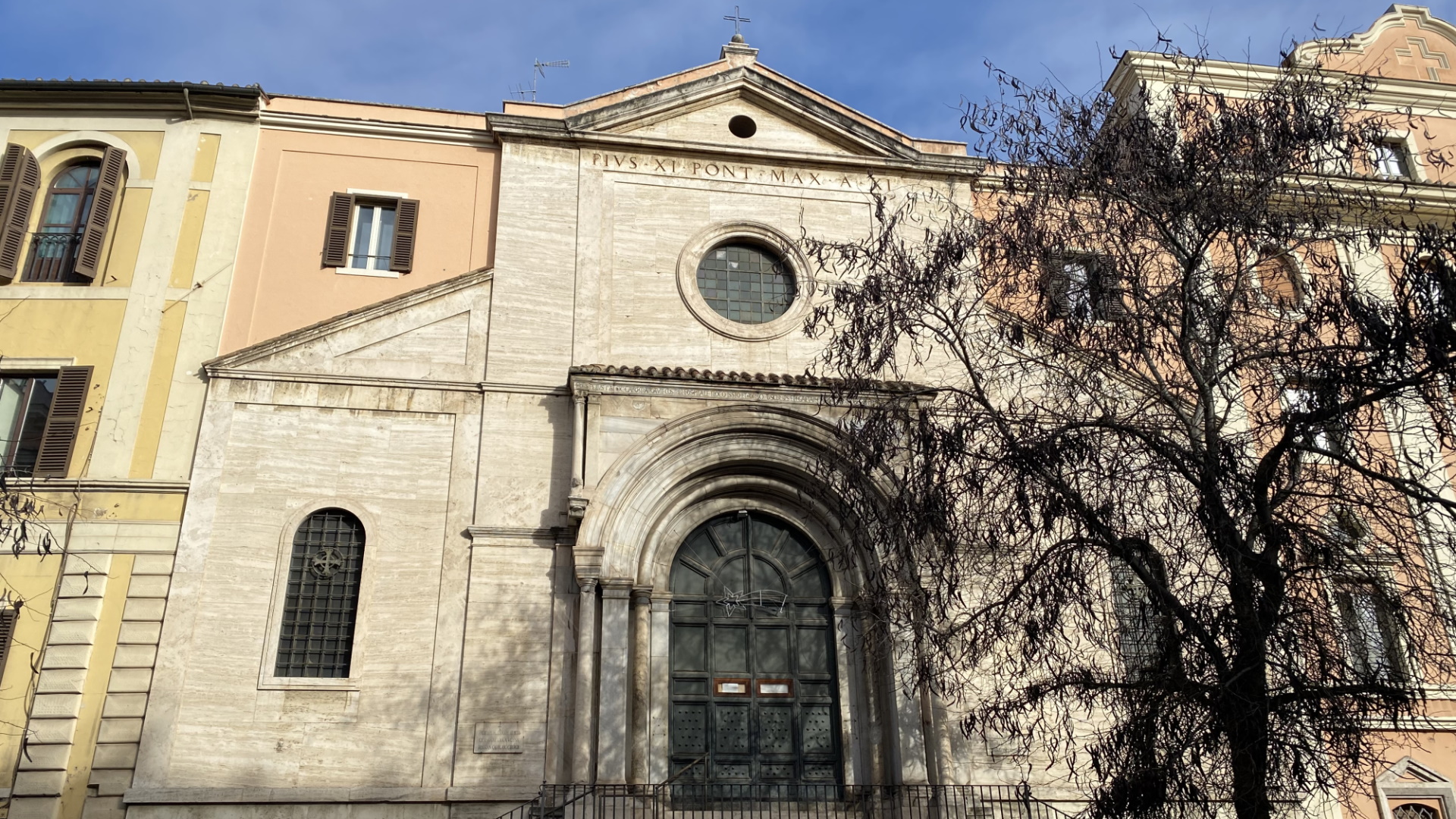
Despite its 20th-century façade, the Esquiline church named after the founder of Christian monasticism has very ancient origins. In fact, it stands on the area of the Roman basilica of Junius Bassus, later transformed into the church of St. Andrew cata Barbara. Here, in the mid-13th century, Cardinal Pietro Capocci founded a hospital for the treatment of skin diseases, including the so-called “St. Anthony’s Fire”, and legend has it that St. Francis of Assisi was also admitted there. A few years later, Pope Nicholas IV entrusted the administration of the hospital to the Canons Regular of St Anthony of Vienne, who undertook the construction of a new church in 1308, dedicating both the church and the hospital to St. Anthony. The church was then rebuilt in 1481 and remodeled several times until the 18th century.
In 1928 the complex was purchased by the Holy See: the church, restored at the behest of Pius XI, was assigned to Russian Catholics of the Byzantine rite while the former hospital was transformed into the Pontifical College Russicum, a center dedicated to studies on Russian and Eastern culture and spirituality. The façade, redone by Antonio Muñoz in 1932, preserves the magnificent Romanesque portal of the ancient hospital, while the two-flight staircase was added after 1870. The elegant interior, the result of 18th-century remodeling, was converted to the use of the Byzantine rite by the insertion of iconostases: the icon-painter responsible for most of the icons was Grigory Pavlovic Maltzeff. Of particular interest is the Chapel of St. Theresa, designed by Domenico Fontana around 1583 and with 18th-century stucco work: four frescoes by Pomarancio are still visible in the drum of its dome. On the walls of the left aisle, we can admire fragments of bas-reliefs, found during 20th-century restorations and dated between the 9th and 10th centuries.
The forecourt originally preceding the church once hosted the so-called “Colonna dell’Abiura”, a memorial erected in 1596 by Charles Anisson, Prior of the church, to commemorate the conversion of King Henri IV of France (he had been a Protestant before ascending the throne). In 1880 the column was dismantled and re-erected in the side court of the Basilica of Santa Maria Maggiore, where it may be found. From at least 1492, a special and popular ceremony took place here on St Anthony’s feast day, 17 January – the Blessing of the Animals, of which the saint is the patron, and which was later diverted in the 20th century to the steps of the nearby church of Sant’Eusebio because of traffic problems.
Vittorio Emanuele II Square
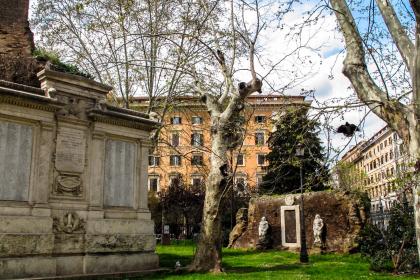
 Condividi
Condividi
The heart of the multi-ethnic Esquilino district
Giardini Nicola Calipari di Piazza Vittorio
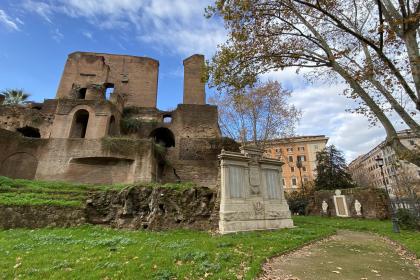
 Condividi
Condividi
The Basilica of Santa Maria Maggiore
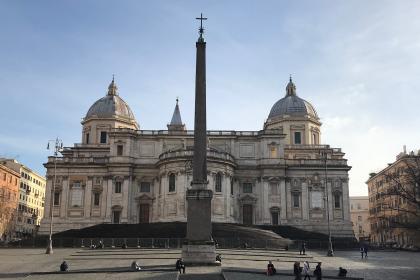
 Condividi
Condividi
Kirche St. Vito und Modesto
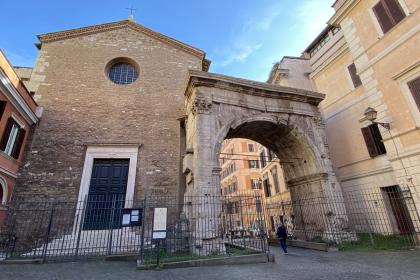
 Condividi
Condividi
Information
For the timetable of the masses and visiting conditions, please consult the contacts.
 Condividi
Condividi
Location
To find out about all accessibility services, visit the Rome accessible section.












































